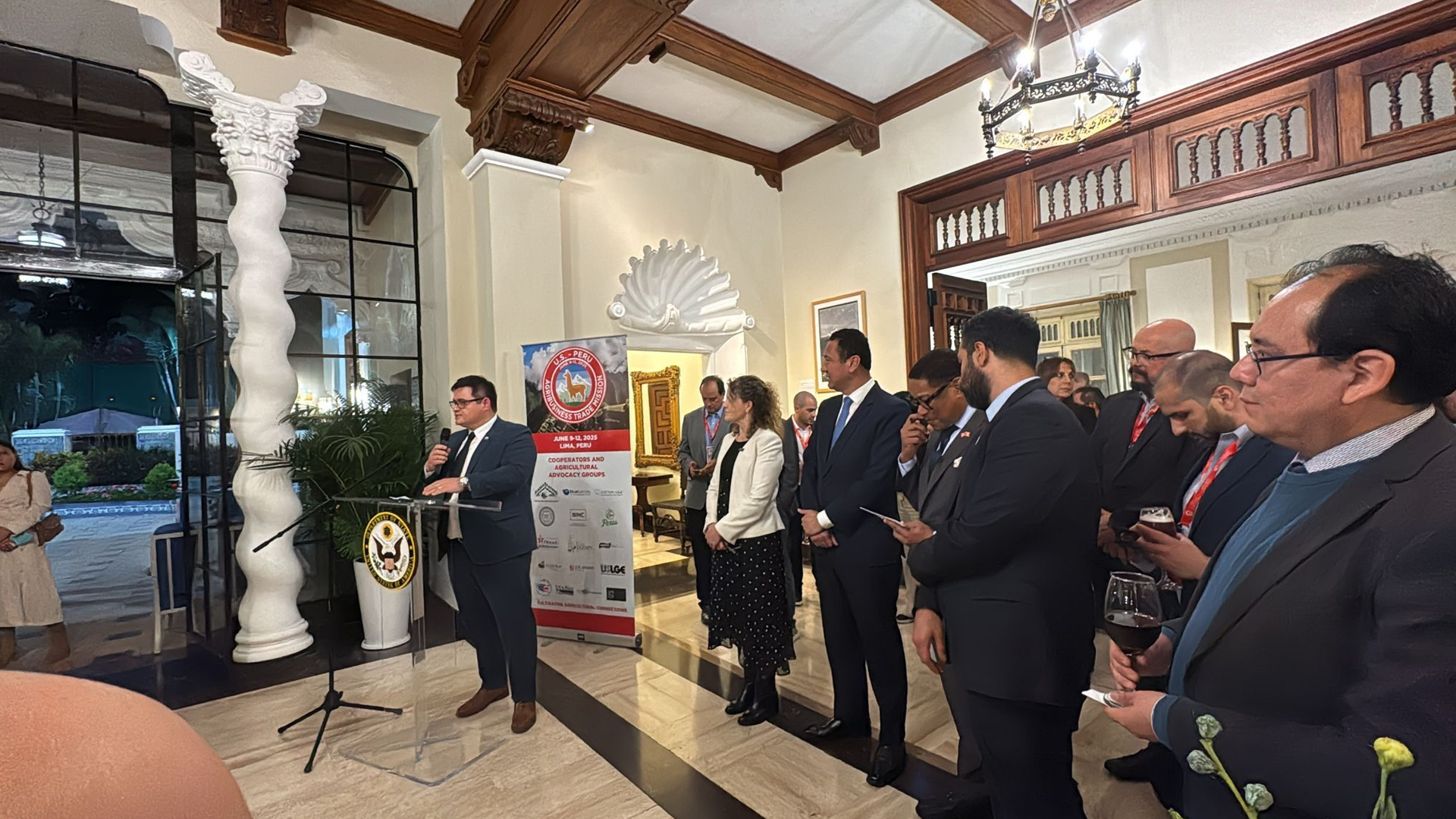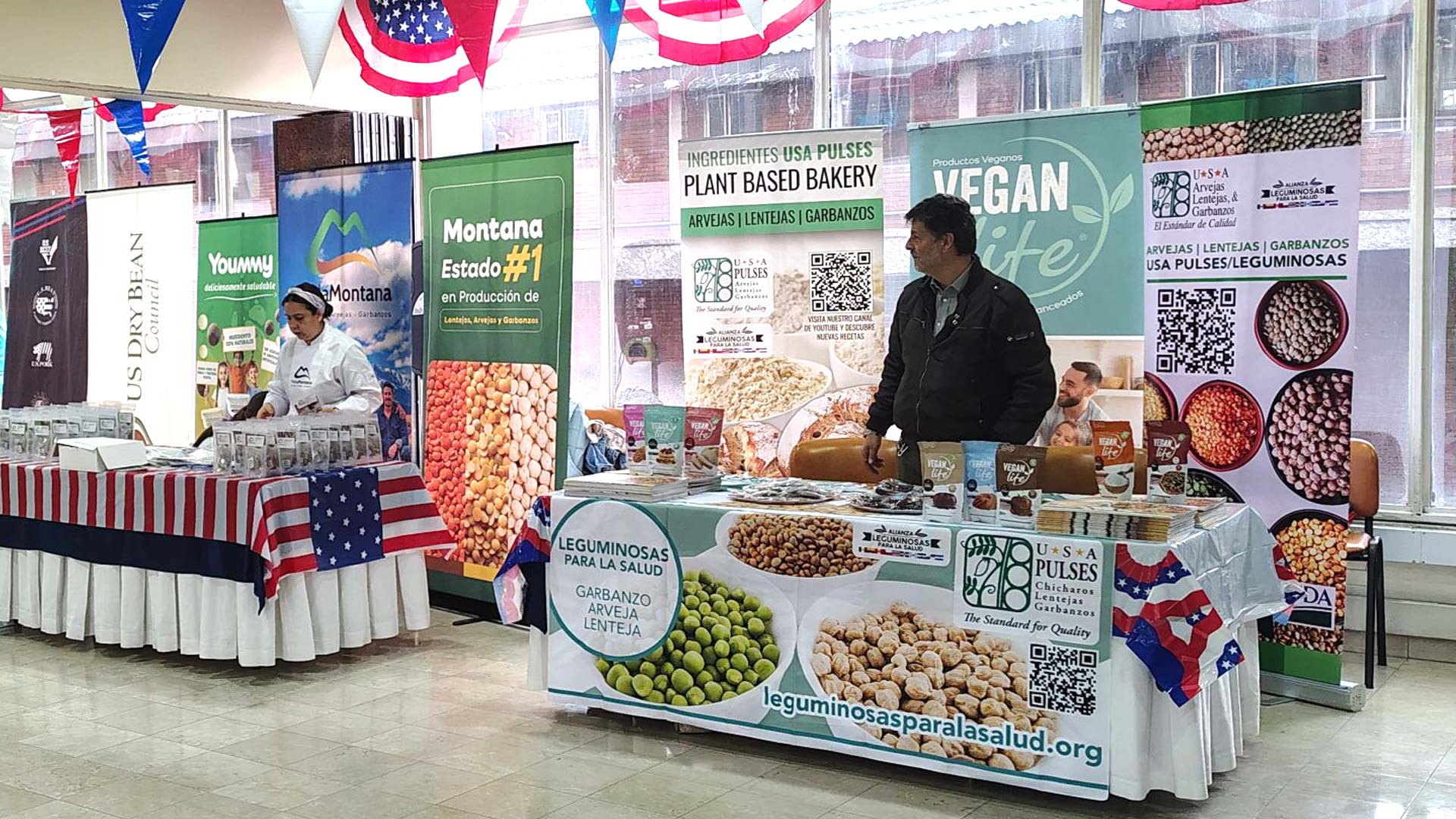
2025-04-22
Exploring the Market for High-End Food Products in Mexico: Who's Buying and What Are They Choosing?
Mexico's culinary landscape is as diverse as its population, with a growing segment of consumers showing a keen interest in high-end, premium food products. This trend is particularly evident in urban centers like Mexico City, where economic growth and changing lifestyles have influenced purchasing behaviors. In this article, we'll delve into the demographics of Mexican consumers who are inclined towards premium food products, especially those imported from the United States, and explore their preferences and motivations.
Understanding the Economic Landscape
Mexico's economy has seen significant changes over the past few decades, with urbanization and globalization playing pivotal roles. According to the OECD, the average household net-adjusted disposable income per capita in Mexico is USD 16,269, which is below the OECD average of USD 30,490. However, this average masks the disparities between different income groups.PMCoecdbetterlifeindex.org
In 2020, the top 10% of households in Mexico had an average quarterly income of $184,000 MXN, while the bottom 10% had an average of $11,200 MXN. This significant income gap indicates that a relatively small segment of the population has the purchasing power to consistently buy high-end food products.Secretaría de Economía
Who Are the Consumers of Premium Food Products?
The primary consumers of premium food products in Mexico are urban dwellers with higher disposable incomes. Cities like Mexico City, Monterrey, and Guadalajara have a concentration of affluent consumers who are more exposed to international cuisines and have access to a variety of imported goods.
These consumers often include professionals, business owners, and expatriates who value quality, authenticity, and health benefits associated with premium food products. Their purchasing decisions are influenced by factors such as brand reputation, origin, and perceived health benefits.
Preferences for U.S. Food Products
The United States is a significant exporter of food products to Mexico. In 2022, U.S. consumer-oriented product exports to Mexico reached $12 billion . Mexican consumers often perceive U.S. food products as being of higher quality due to stringent sanitary controls and production standards. USDA Foreign Agricultural ServiceUSDA Foreign Agricultural Service
A USDA report highlighted that Mexican consumers favor U.S. products like red meat and frozen foods, considering them more practical and easier to use. This preference is particularly strong among housewives in Guadalajara and Monterrey and professional women in Monterrey. USDA Foreign Agricultural Service
Popular High-End Food Categories
Several categories of premium food products from the U.S. have gained popularity among Mexican consumers:
- Cheese and Dairy Products: Mexico's cheese consumption is on the rise, with an expected 4% increase by 2024. Notably, 85% of cheese imports come from the U.S., highlighting the strong demand for American dairy products. thebullvine.com
- Pet Food: The pet food market in Mexico has seen significant growth, with imports from the U.S. totaling $129 million. Premium pet food brands are particularly popular among the affluent segment that can afford imported products. Comercio Internacional
- Gourmet and Exotic Foods: Markets like San Juan in Mexico City specialize in gourmet and exotic foods, including imported meats, cheeses, and other delicacies. These markets cater to chefs, restaurateurs, and food enthusiasts seeking high-quality international products.Wikipedia+1 Wikipedia+1
Retail Landscape for Premium Products
To meet the demand for high-end food products, several retailers have established premium store formats in affluent areas:
- Selecto Chedraui: Offers gourmet foods, exotic meats, and international dishes in high-income areas.
- City Market: Known for its wide selection of imported and gourmet products.
- La Comer and Soriana Híper Plus: These chains have introduced premium formats to cater to consumers seeking high-quality food items. Wikipedia
These retailers often feature in-store dining options and specialized sections for international products, enhancing the shopping experience for discerning customers.
Factors Influencing Purchasing Decisions
Several factors influence the purchasing decisions of Mexican consumers regarding high-end food products:
- Health Consciousness: An increasing awareness of health and nutrition has led consumers to seek products with natural ingredients, organic certifications, and health benefits.
- Cultural Exposure: Travel and exposure to international cuisines have broadened the palate of Mexican consumers, leading to a desire for diverse and authentic food experiences.
- Quality Assurance: The perception of higher quality and safety standards in U.S. food products makes them more appealing to consumers concerned about food safety.
Challenges and Considerations
While there's a growing market for premium food products in Mexico, several challenges persist:
- Price Sensitivity: High-end products are often priced significantly higher than local alternatives, limiting their accessibility to a broader audience.
- Economic Inequality: The income disparity means that only a small segment of the population can regularly afford premium products, potentially limiting market growth.
- Regulatory Hurdles: Import regulations and tariffs can affect the availability and pricing of imported food products, influencing consumer choices.apnews.com
Conclusion
The market for high-end food products in Mexico is growing, driven by a segment of consumers with higher disposable incomes, particularly in urban centers like Mexico City. Their preferences lean towards premium U.S. food products, valued for their perceived quality, safety, and authenticity. While challenges like price sensitivity and economic inequality exist, the demand for



